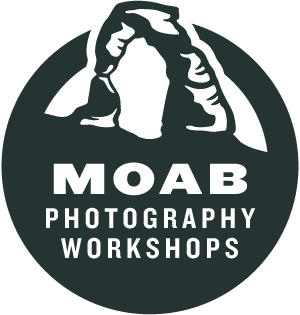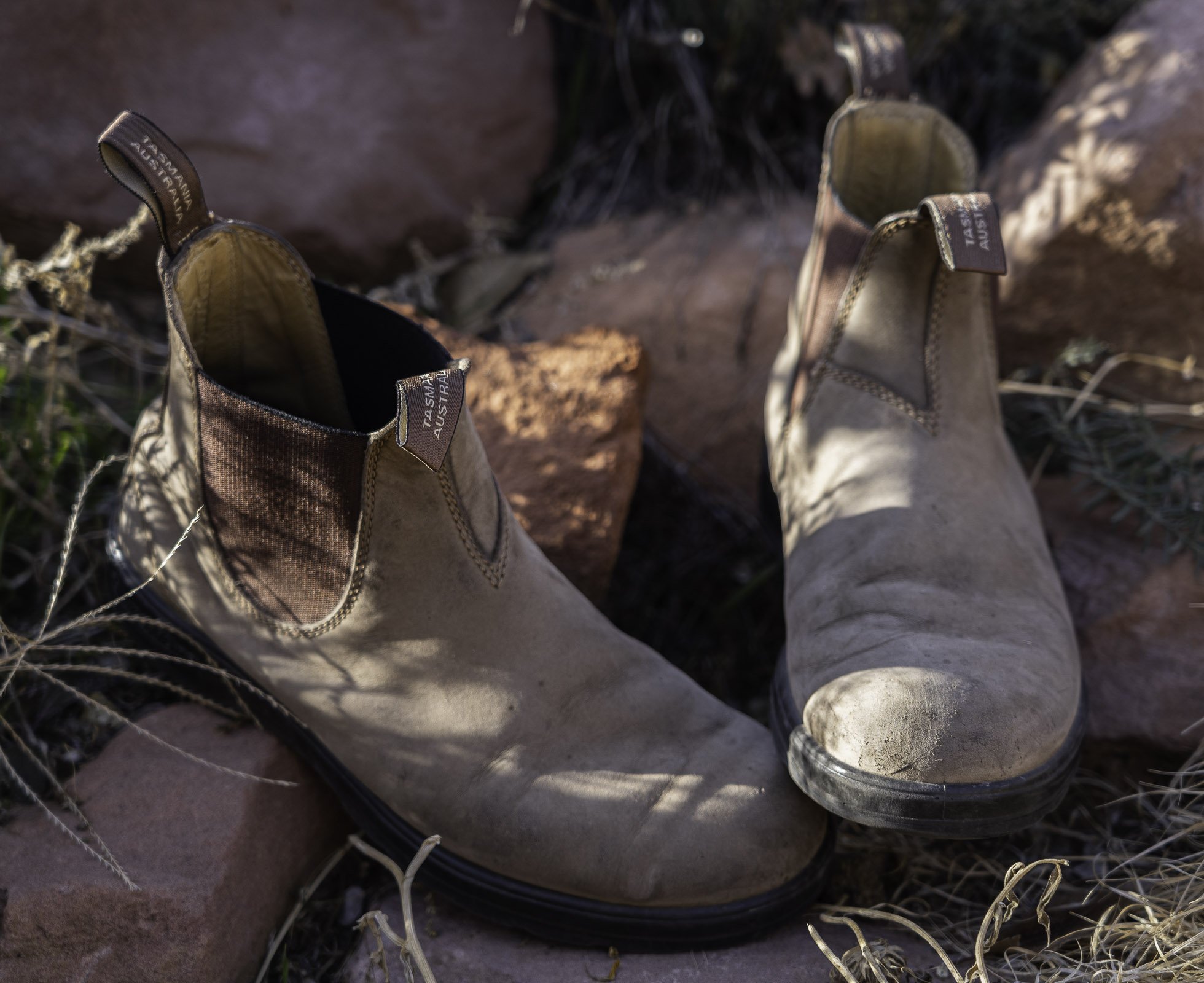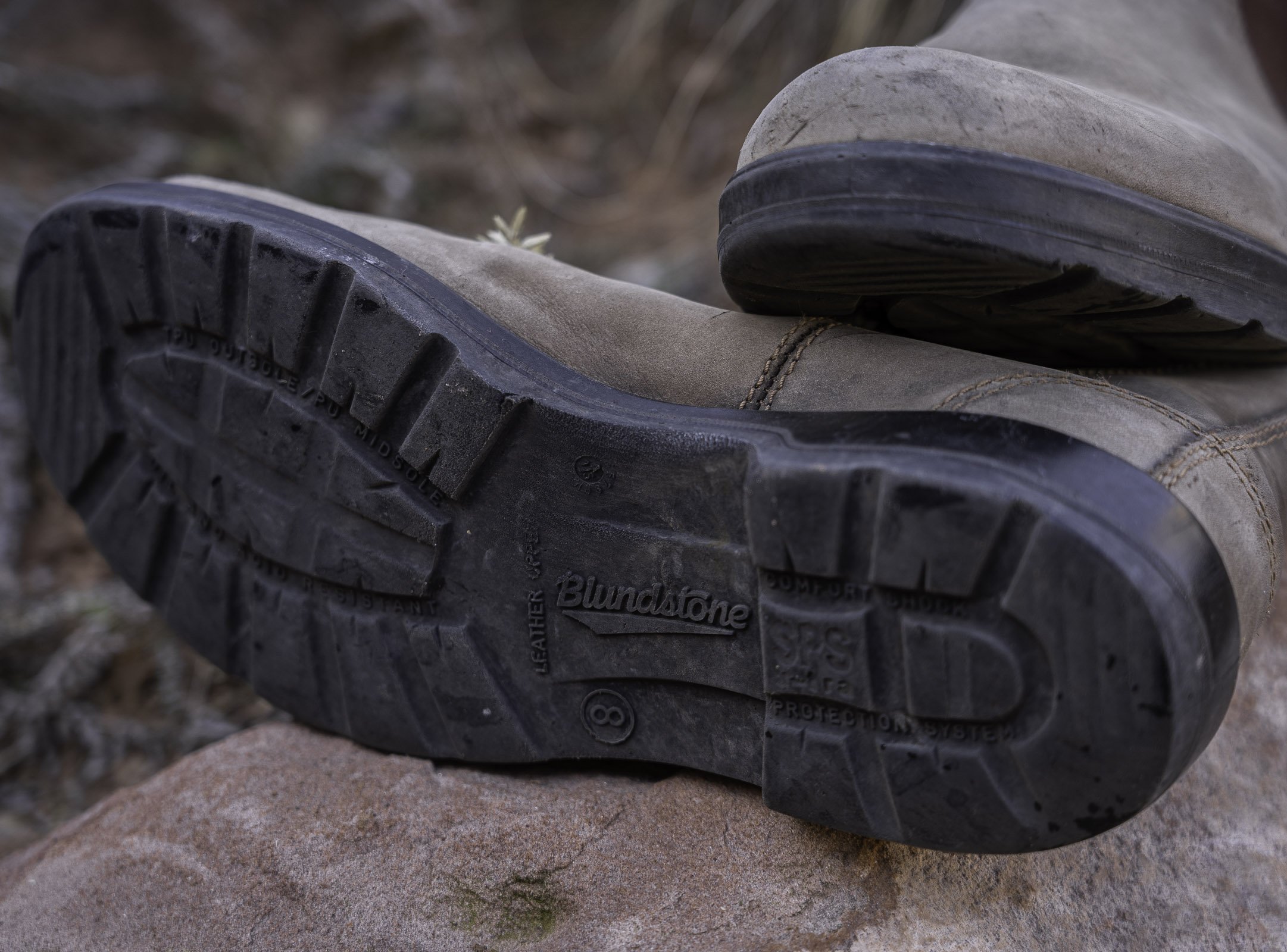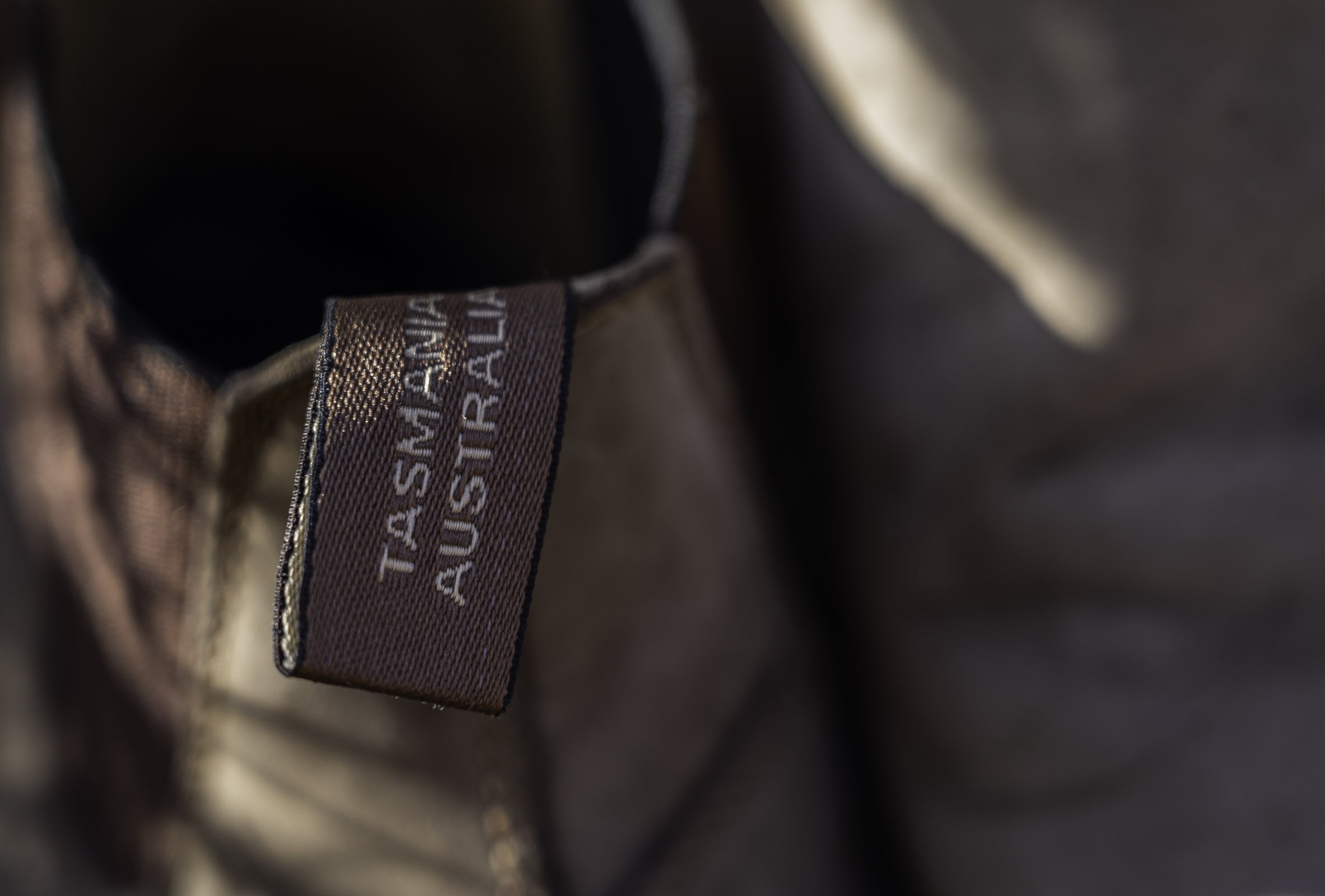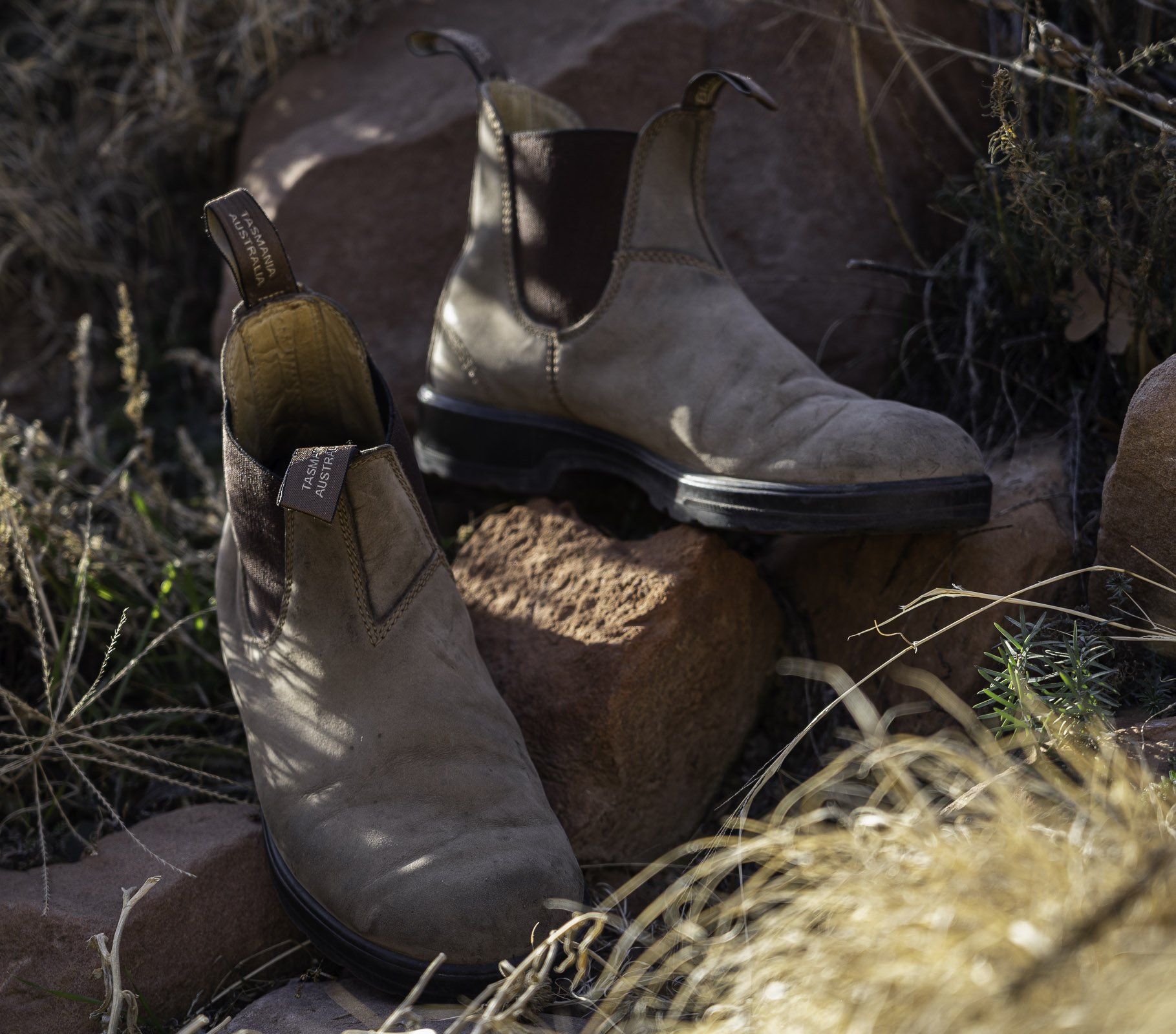When Blundstone boots were invented the West was wild, the Civil War had just barely ended and the streets of New York City were still dirt. Born in Tasmania in 1870, where the company remains headquartered to this day, Blundies - as my family has come to call them - are legendary. I received my first pair of Blundstone boots in 2016, the #585 in rustic brown leather, after a years long obsession with the brand. For the first couple of years, I took it easy on them. Primarily worn around town, they remained in near pristine condition with nary a scuff or scratch. Then, I started wearing them on our travels to adventurous destinations near and far. Averaging over six weeks of travel each year, not including long weekends, we put a lot of miles on our rig and on our Blundstones.
It didn’t take long for me to realize that Blundstone’s could very well be the perfect boot for adventure travel. Here we have a boot that, unlike most humans, gets better looking with age. Go ahead and get them dirty. Drag the toes across dirt and rocks, prop your feet up on the campfire ring a little too close to the flames, allow them to accumulate layer upon layer of dirt and grease. Somehow, against all odds, they’ll shrug it all off while wearing each wrinkle, scuff and stain as a badge of honor, a life well-lived. The more beat up they get, the better they look and the more comfortable they become.
I used to travel with a pair of camp shoes. For years, Pakems were my go-to. Stellar product, but when space is at a premium it pays to find items that can do double or triple duty. Blundstone boots fill that requirement. They slip on easily, so they’re great for middle of the night bathroom breaks. I’ve hiked in them, sat around camp, walked around towns, driven long distances, chopped firewood, worked on bikes, vehicles and campers, and even wore them on a mountain bike ride when I forgot to pack my Five Ten’s.
